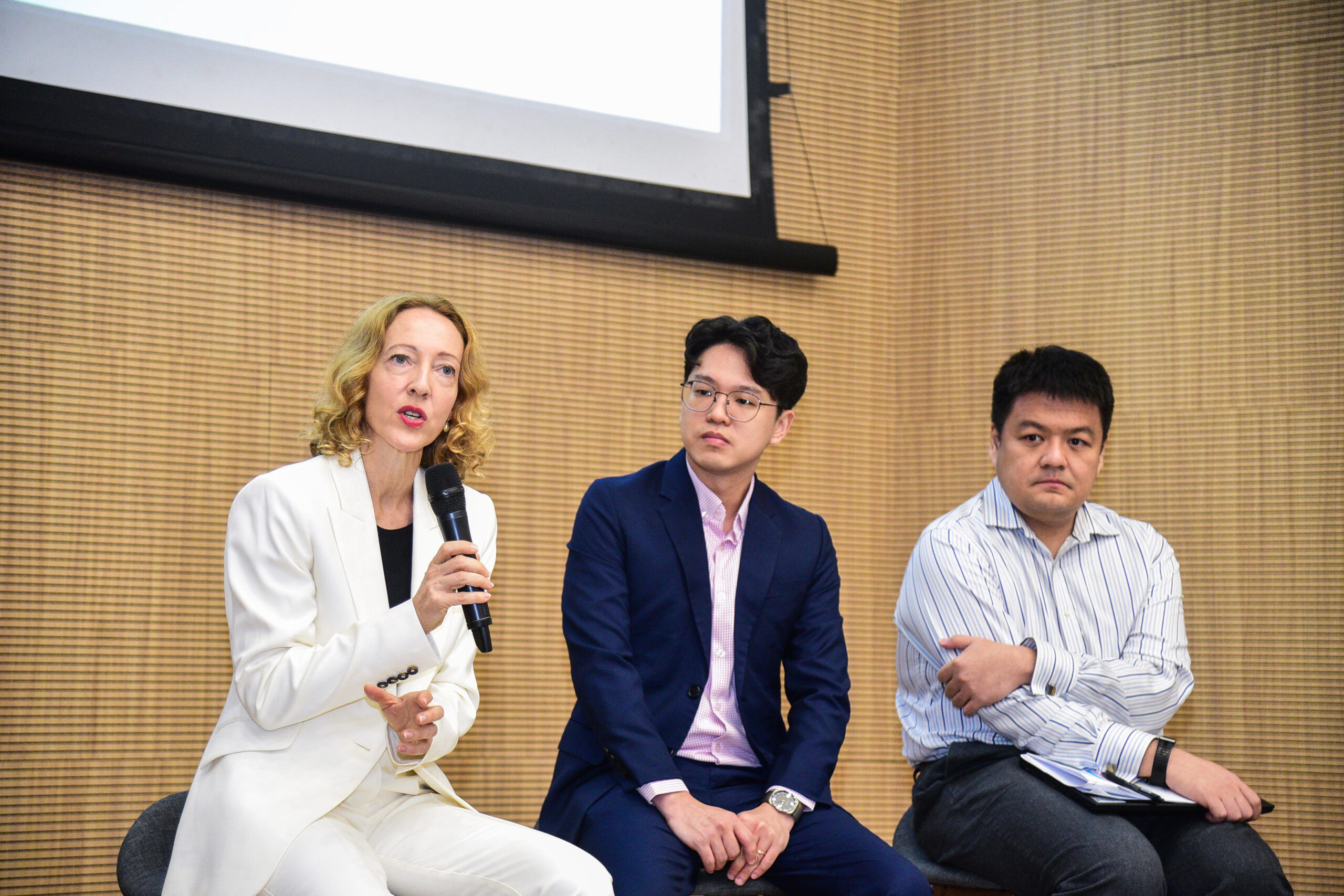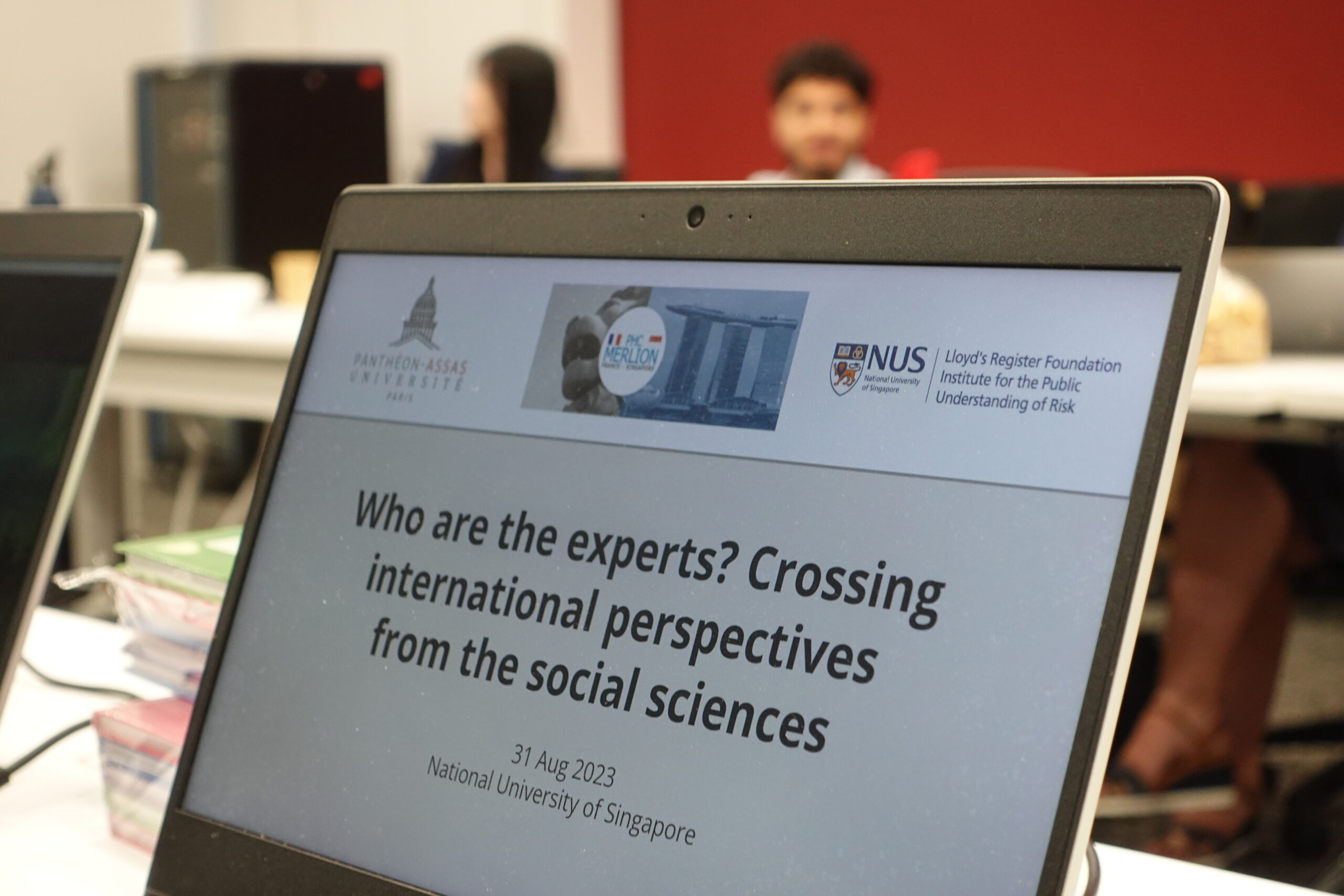Impact Stories
Bone health and fall risks: A mind set change
Caregivers play key role in shaping positive narratives
Many injuries affecting the older population are the result of falls, but falls themselves don’t just happen as people get older. More often than not, they usually occur due to one or several risk factors such as a pre-existing medical condition, safety hazards at home or in the community, and psychological factors such as depression or fear of falling. Studies show that one in three elderlies aged 65 and above fall at least once a year globally. In Singapore, studies have shown that fall incident rates increase significantly with age and majority of falls occur at home. One estimate shows the crude incident rate of unintentional falls is Singapore is 277.7 per 100,000 for those aged 60 and above.
According to a study by Dr Reuben Ng, Lead Scientist (Data and Technology) at the LRF Institute for the Public Understanding of Risk (IPUR), bone health narratives are key in understanding the attitudes and practices that are linked to serious falls and lay the groundwork to formulate upstream bone health messages that are targeted and effective. His paper explores the public’s risk perception towards bone health as well as local sentiments towards falls and caregivers, and calls for individual, organisational and national changes to be made.
Using traditional survey tools and big data analytics, the study found that bone health conversations around the world have declined between 2010 and 2017. Despite being such an urgent health issue to address, fall risks and bone health messages are severely under-reported in the media. To top it all off, bone health narratives in Asia are often too medicalised and conflated with osteoporosis compared to narratives in Australia and the US where positive messaging is used to encourage more preventive measures.
One consequence of this continued lack of bone health conversations is the steady rise of hip fractures. In Singapore, the number of hip fractures as a results of falls doubled from around 1,500 in 2017 to 3,000 in 2020. The significance of falls as a risk is of a serious public health concern – nearly 80% of cases at emergency departments were fall-related.
Falls education programmes are seen as a key initiative to educate and raise awareness of older adults but statistics show there is also work to be done in this area. The study by Dr Ng found that 61% of older adults were aware of falls education programmes but only 10% participated. Furthermore, 11% of older participants were unaware of the purpose of participating in such programmes.
Key role for caregivers
As there exists a wide gap between awareness and participation of falls education programmes, one key stakeholder capable of bridging this gap are caregivers. Whether they be children, siblings, friends or domestic helpers, caregivers have the ability and responsibility to encourage those under their charge to attend and actively participate in falls education programmes.
One way to frame these programmes to encourage uptake in awareness and participation is to use positive messaging. As highlighted earlier, Asian countries are guilty of too often medicalising bone health narratives, leading to pessimistic views about the issue which deter participation in educational programmes on falls. Instead of looking at what can be done to ease the burden of falls, measures should be identified at the preventive stage to support older adults. Campaigns on the issue should be framed around preventive and positive narratives to counter resistance towards bone health and fall perception.
Dr Ng noted that a one-size-fit-all approach would also not be possible and that it was important to customise messages in campaigns to target different risk profiles and subsequently cater towards the different groups.
The study identified four different risk profiles:
- Early adopters. Respondents in this group are younger and in good health. Educational campaigns and fall prevention programmes should aim to equip or assist them.
- Resilient. Nearly 30% of respondents have four or more diseases which is the highest among all four profiles. 84% have were reported to have fallen in the past year. Participation rate of fall-preventing activities were high. They are still active and informed and must continue to be supported.
- Unaware. 93% aged 60 and above. Only 6% have reported falling in the past year. Lack of education of this group meant that many were the least aware of fall-prevention activities. Being a vulnerable group, community programmes need to focus especially on them as they likely fell through the cracks of bone health engagement or campaigns.
- Vulnerable. 77% have one disease or more. 25% have fallen in the past year and 94% live alone. Lack of social network means this groups performs poorly for adopting assistive devices that help against falls and education towards programmes. Immediate intervention needed at a policy and community level.
Designing strategies and policies that support and enhance quality of life among older adults means analysing the different profiles to produce targeted initiatives that can yield the best results. Caregivers, in this regard, have a big responsibility to ensure those under their care remain active and aware of the different kinds of help available at a preventive stage and call for greater support from the policymakers and the media in increasing conversations.
Emotional and mental toil
Whilst managing the need to educate older adults on fall prevention and bone health, and recognising the important role caregivers play in this, Dr Ng highlighted that there has been a negligence in caregiver conversations in Singapore.
In 2019, technology and car conversations were talked about 70 and 66 more times respectively than caregivers. Globally, people talk about bubble tea twice as more as they do about caregivers. The result of this is that support for caregivers in certain areas is overlooked and the public fail to recognise the different sort of challenges faced in this role. For example, many fail to realise that a good number of caregivers are thrust into their role unexpectedly because of a fall from a loved one – leaving that sometimes ill-equipped to provide proper care and having to learn quickly. These caregivers also may have to put a pause on their career or other life aspirations to care for their loved one.
Shedding light on the existing caregiver societal narratives in Singapore, Dr Ng found that training and resources were emphasised for caregivers but that only provides basic and temporary relief for them and their loved ones whom they look after. Other key issues such as burnout, guilt and mental health conditions were overlooked.
There is a greater need for accessible and affordable caregiver services that not only alleviate physical burden but also look after their mental health needs. Government agencies and leaders need to work with the public to ramp up discussions and initiatives that advocate for better policy support for caregivers in Singapore.
The full report of Dr Ng’s study can be found here.


